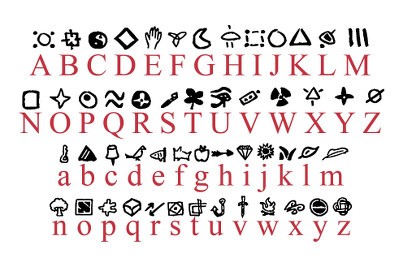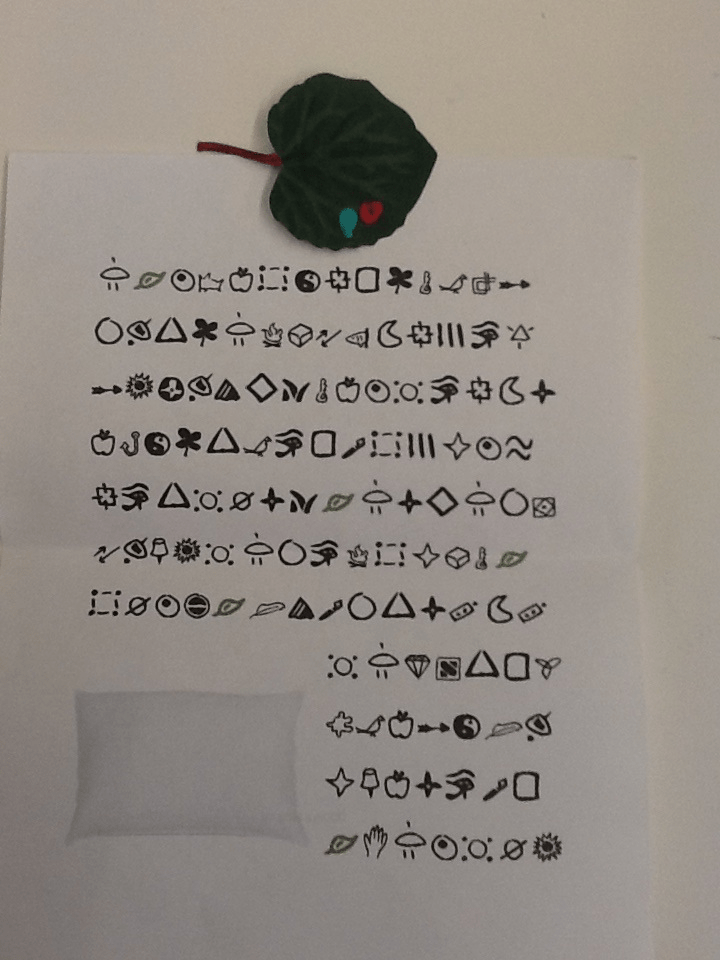( Chapter 1 )
Chapter 2.
— Day Two, 9am —
“Hold the door, Max!”, Joey calls good-naturedly from just behind me, and heavily jogs up the steps into the tiny ante-room we amuse ourselves by calling a ‘foyer’. “Was that…?”
“Yes, it was indeed our purple-haired encyclopedia girl Germaine.” I reply, putting the office kettle on and corralling four coffee mugs onto a small tray. “Though she says we should call her ‘Mayne’.”
“Ah, as in The Spanish”, Joey nods conspiratorially, slowly backing his ample frame onto the less-than-entirely-new office sofa. “So… how do you think this is going to play out, young Mr Harmer?” He’s called me ‘young’ ever since college, when he was in the year above: it’s sometimes hard to believe that was fifteen years ago.
“Well…”, I muse, reaching for the coffee jar, “half of me thinks we’re completely doomed: but the other half is looking at the money our man Charlie has already wired through, and liking it a lot.”
Light taps at the door herald Mayne’s return, along with two sizeable crates of Voynich-related books she’s wheeled along on a kind of powered carrying gadget. “Charlie said that you’ll be wanting these.”
Fortuitously, this is when Parker – the third (and fittest) member of our troika – skateboards in: and so the kettle is left to boil while he and I ferry the books up the steps and onto our war table.
By the time everything’s in its proper place, Joey has – slightly unusually, it has to be said – finished making coffee and has moved on to thumb through Mary D’Imperio’s “An Elegant Enigma”, though with what looks like a slightly sour look on his face.
I catch his eye. “Not quite to your legalistic taste, J-Man?”
He winces. “If this is as good as it gets, what we’re dealing with with this Voynich Manuscript thing isn’t ‘evidence‘ but ‘stuff that people think might one day become evidence‘. Really, it’s all a bit virtual for me – and you know how much I hate that word.”
“Along with every other word coined after Shakespeare”, chimes in Parker. He’s not wrong there.
I turn to Mayne, who by now is happily sniffing the coffee fumes from her mug. “What’s the low hanging fruit?” I ask her.
“Yes. Ah.”, she stutters. “That would be ‘The most easily achieved of a set of tasks, measures, goals, etc.‘”
A silence falls on the room. Mayne looks around slightly puzzled.
“Oh, and a 2012 track by Tenacious D. ‘She wears the beekeeper suit‘. Is that the answer you wanted?”
I perhaps should have instead started the day by telling Joey and Parker about Mayne’s tendency towards extreme literalism.
“Ohhhh kayyyy…”, I interject, “let’s try asking you about the low hanging fruit of the set of Voynich theories we might reasonably consider disproving.”
“That’s also a good question”, she frowns. “Perhaps Gordon Rugg’s grille-text?”
“Hey – isn’t that the one from Scientific American way back when?” puzzled Parker.
“June 21st 2004, yes. Rugg famously claimed that, by using Cardan grilles randomly moving over a set of tables, a 16th century hoaxer could have produced a manuscript indistinguishable from the Voynich Manuscript.”
This has me puzzled. “But the Voynich’s radiocarbon dating was 15th century, right?”
“Yes, the same dating that a whole bunch of other internal evidence has.” She slurps her coffee unself-consciously. “Rugg therefore concludes that it must have been written on century-old vellum, while all those other features must similarly have been contrived by a sophisticated hoaxer to look as if they had been added in the 15th century.”
“But given that there are no 15th century books that look like it, Rugg has to be claiming that it’s a hoaxed copy of a book that never itself existed?”
“That’s correct.”
“How marvellously 1980s”, shrills Joey, “a Baudrillardian simulacrum!”
There’s an awkward, tumbleweedy silence as Parker and I stare at him blankly.
Germaine coughs politely. “Jean Baudrillard used the word ‘simulacrum’ to denote a thing which bears no relation to any reality whatsoever. Its earlier meaning was ‘an image without the substance or qualities of the original’.”
Parker, ever the mathematical logician, is shaking his head. “That’s all very well, but… come on – was Rugg actually able to prove any of this?”
We all look at Germaine. “In fact, no. Skeptical physicist Mark Perakh demonstrated that the Voynich-like text Rugg reconstructed had statistical properties much more like those of gibberish than those of the actual Voynich text.”
Parker shakes his head: “So all Rugg really proved was that a 16th century hoaxer could have produced something that superficially resembled the Voynich Manuscript, as opposed to something that actually had the same statistical properties as the Voynich Manuscript.”
“That is correct,” Germaine nods.
“As a piece of computer science, it’s probably quite interesting”, Parker muses, “but as historical research, it seems worthless. Who really cares if a 16th century hoaxer could possibly have made something that only superficially resembled the Voynich Manuscript?”
“So have I got this right?”, I ask. “Rugg has no actual evidence, an hypothesis that doesn’t do what he says it does, and has spent the last decade dining out on the headline rather than fixing the problem. Meanwhile, all the actual Voynich evidence out there he dismisses, saying that reproducing anything that trivial should be well within the range of a sophisticated 16th century forger.”
Joey dejectedly sinks back into the far end of the sofa. “If anyone’s a hoaxer in that whole sorry saga, I’d have thought it was him.”
“But guys, guys”, I say, “- and Mayne, please consider yourself an honorary guy – whatever our opinion, how do we go about trying to disprove Rugg’s theory? You know, like we’ve been paid to?”
“Do we need to?” Parker asks. “That Mark Perakh guy has already cut it down to almost nothing. And if Rugg, with all the modern computing power at his disposal, hasn’t in a decade been able to use his grilles and tables to construct a replica of his supposed simulacrum with the same statistical properties, the chances of a supposed 16th century hoaxer doing the same must surely be basically zero.”
“Yeah”, says Joey, “if Rugg thinks it’s a fake replica but can’t replicate it using the approach that he claims was originally used to make it, why should anyone else think the same? Case closed, in my opinion.”
“Great work, guys”, I concur, “I’ll email this through to boss-man Charlie straightaway. Then shall we break for an early lunch?” I look out at a roomful of eagerly nodding heads. Proof is good, but lunch is better.



